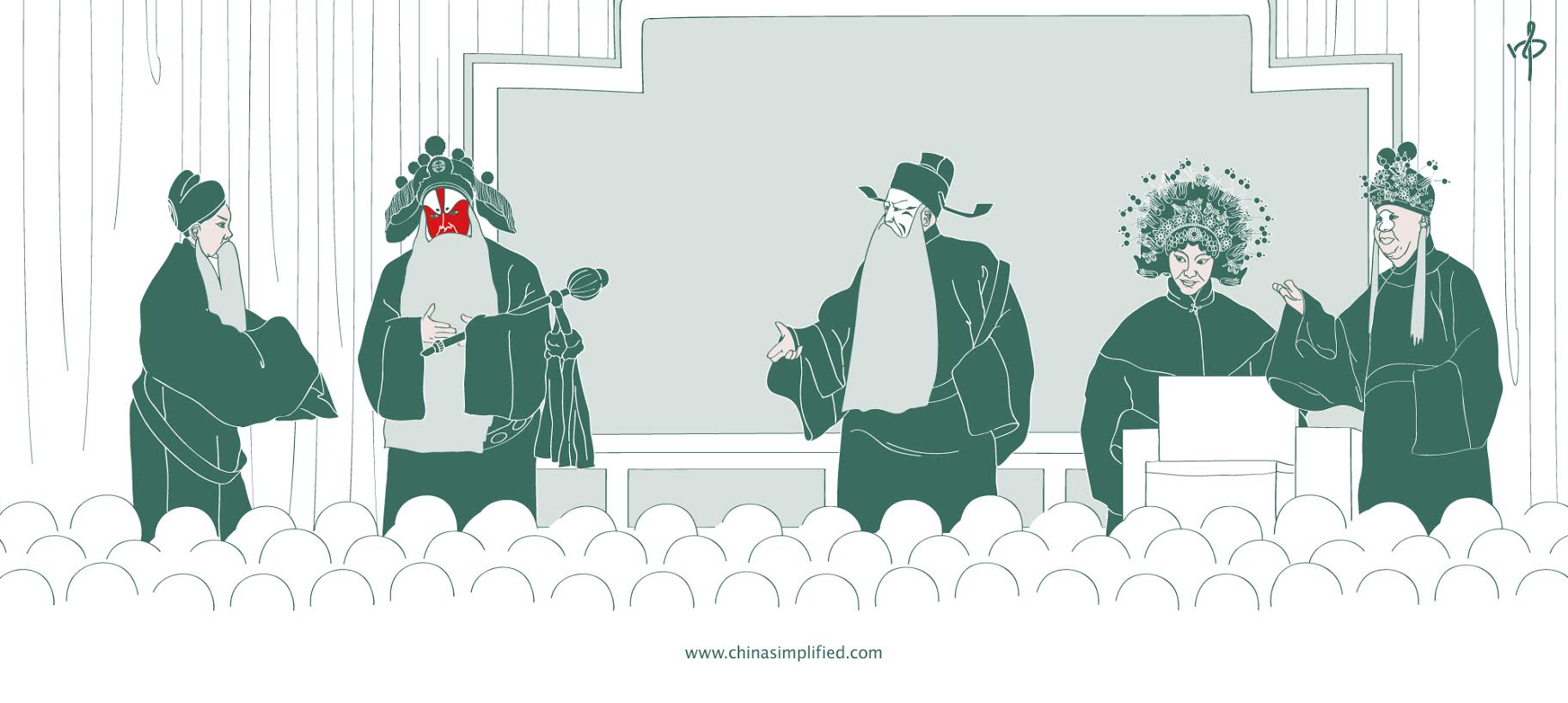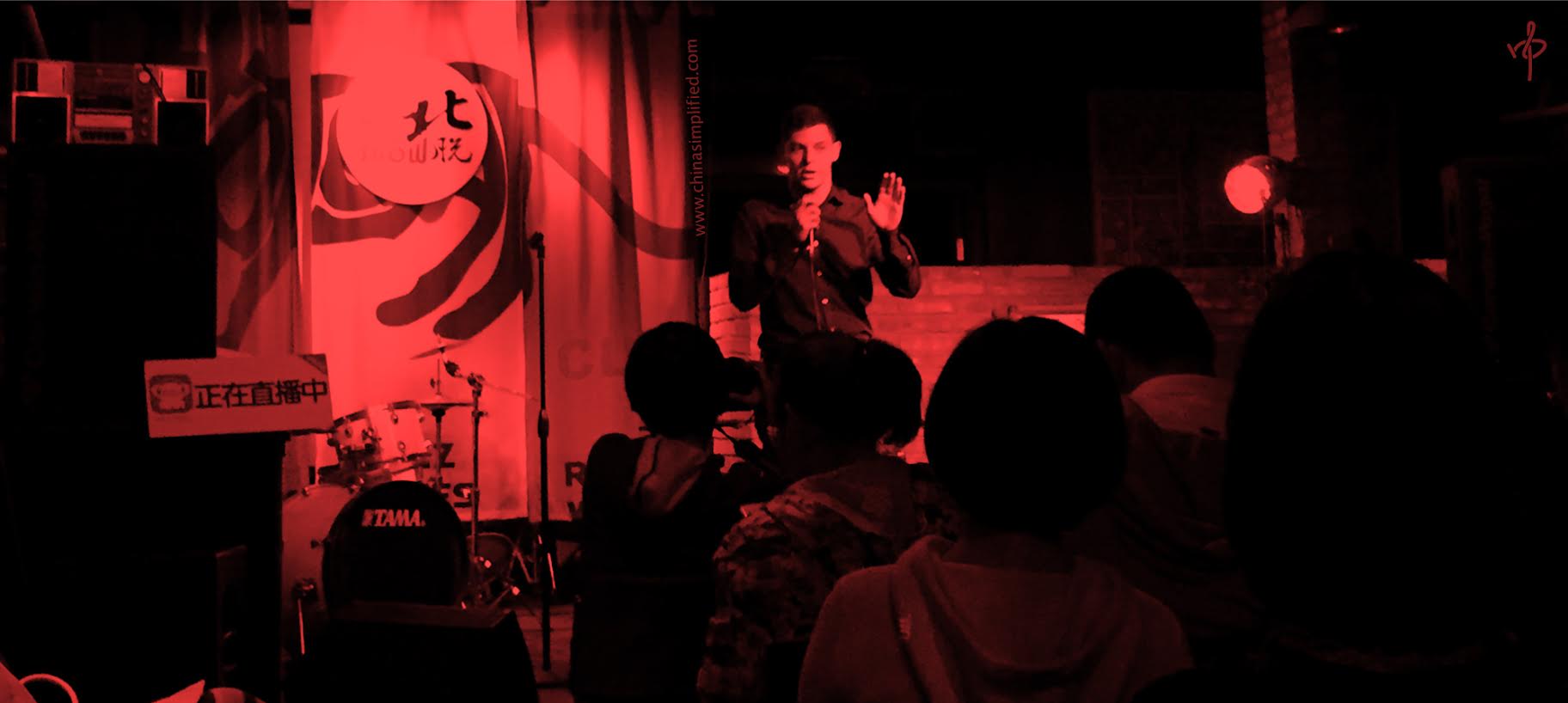Let’s remove the common misperceptions surrounding Beijing Opera as a Chinese art form to better understand its unique and multifaceted storytelling approach.
Here are five common myths eager to be dispelled:
1. Beijing Opera is the oldest form of Chinese Opera
Beijing Opera (京剧, Jīngjù) aka Peking Opera clocks in at a youthful 200 years old and is only one of the 360+ local Chinese operas. By comparison, the influential Kun Opera (昆剧, Kūnjù) musical theater finds its roots in Kunshan, Jiangsu province, and originated more than 600 years ago.
2. Everyone in the audience easily follows the lines
North China plays host to the majority of Beijing Opera performances, however, even to the ears of northern audiences, following the lyrics of a Beijing Opera is not nearly as easy as, say, listening to a daily conversation. The pronunciation of Beijing Opera lyrics draws upon a combination of dialects, including those of Hubei, Anhui, Henan and Beijing.
3. Beijing Opera is all about the singing
Beijing Opera straddles multiple forms of performance: singing, acting, dancing and acrobatics. Worldwide the “musical” as a theatrical production developed from light opera in the early 20th century (its first use as a term was recorded in 1823), so in a way, we could say that Beijing Opera is an ancient form of musical. That said, the Beijing Opera audience expects to see a combination of singing, witty dialogue, kaleidoscopic costumes, exaggerated makeup, minimalist stage art, and yes, sometimes even dancing, acrobatics and martial arts.
4. All Beijing Opera characters have painted faces
Sheng and Dan faces have makeup but are unpainted. The painted-face roles which have become Beijing Opera icons are mostly Jing. The male clown Chou role has a white patch in the center of its face, and with less fancy painting than Jing. See the nearby graphic for a further description of the four main character types.

Beijing Opera features three primary facial paint colors and related symbolism:
Black – forthright and impartial
Red – loyalty, courage and integrity
White – treacherous and cunning

Face painting artists have over time added other colors with implied representations:
Blue – unyielding and intrepid nature
Purple – wisdom and a sense of justice
Yellow – cruelty and ferocity
Green – chivalrous in nature
Gold & Silver – supernatural powers
5. Most female roles are played by males
Since the Yuan Dynasty (1279-1368), when stage dramas came into prominence, until the early Qing Dynasty (1644-1911), all stage roles, without exception, were played by male performers. Females acted as entertainers in the royal court, but didn’t appear onstage until much later. That’s why female roles were played by male artists.
From the late Qing onwards, stages gradually opened to female artists, although male and female performers for many years were strictly segregated and could not appear on the same stage. This led to the development of all-female opera casts featuring females playing male roles.
Female-played male characters and male-played female characters in more recent times have shared the same stage. The classic example from the late 1920s is Silang Visits His Mother starring Meng Xiaodong (female renowned for playing males) and Mei Lanfang (male renowned for playing females). Interestingly enough, they married in “real life” and broke off after a few years.
Let us know if you’re interested in specific aspects of Beijing Opera or other Chinese Opera. We’re happy to further explore and demystify this fascinating art form with you.









